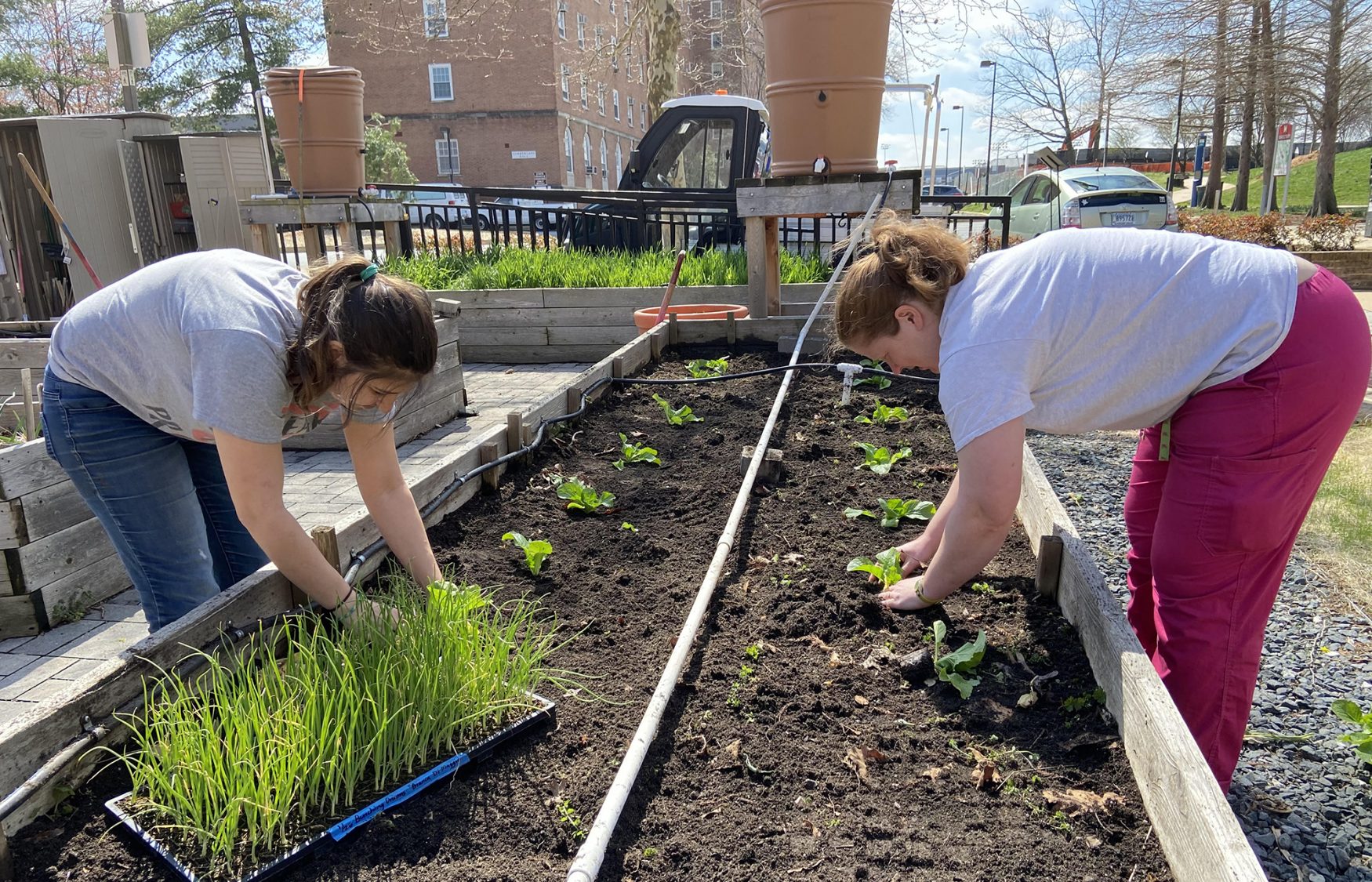Views expressed in opinion columns are the author’s own.
Gardening is becoming an increasingly popular quarantine activity. It seems, in this time of crisis, many of us are trying to become more self-sufficient. While someone just starting out their quarantine garden might not be able to fully replace their grocery shopping with home-grown products, growing plants is a great way to feel connected to the outdoors and to life in a time of uncertainty and isolation.
When it comes to growing plants in quarantine, there are myriad benefits that can help us cope with feelings of isolation, lack of motivation and low self-esteem. I’ve struggled with all of these feelings in quarantine and caring for my own plants has helped me tremendously.
The psychological benefits of gardening are scientifically proven. Whether you grow indoors or outdoors, gardening helps raise self-esteem (assuming you don’t kill all your plants), lower stress and improve your overall mood. Studies show that gardening stimulates the brain’s release of dopamine and serotonin, two “feel-good” chemicals. With all these mental health benefits in mind, gardening is an excellent activity to take up during this time, when our confinement and separation from others can have troubling psychological effects.
Gardening can also improve our physical health. For those with the ability to grow their own food, gardening allows us to improve our diet by adding more fruits and vegetables to our plates. We may not be able to grow all of our food at home, but the ability to grow anything we can use or add to our diet boosts feelings of self-sufficiency in a time when it’s easy to feel helpless, and it encourages us to care for what foods we put in our bodies.
Additionally, gardening, especially outdoors, is a great source of exercise for those confined to their homes. A Harvard University Medical School study found that just 30 minutes of gardening can burn up to 135 calories for a 125-pound person, 167 for a 155-pound person and 200 calories for an 185-pound person.
Even if you don’t have the option to grow plants outdoors, growing plants indoors is proven to boost air quality, which is especially important for those who spend lots of time confined at home. Indoor air pollution can actually be several times higher than outdoor air pollution, and growing plants indoors can protect our bodies from harmful particles — keeping our respiratory systems healthy is of particular importance at the moment.
There are some useful suggestions to keep in mind if you choose to start your own quarantine garden. The first is to consider your environment: If you have an outdoor space, the U.S. Agriculture Department has a map that shows growing zones based on plant hardiness by state. It is also important to choose outdoor plants based on the light and space you can provide while they grow. Depending on what you’re working with, you can pretty much grow any plant you wish.
If you’re growing indoors, a good rule of thumb is to find out how dark your growing environment is and choose a plant accordingly. Generally speaking, the darker the leaves, the more shade the plant can tolerate. A good, sturdy, decorative plant to consider is snake plant, which thrives in indirect sunlight and does not require much water. If you’re interested in growing something with practical uses, herbs are an excellent idea and don’t require much space, and scallions can be regrown in water.
Ultimately, no matter how much space you have, growing plants is a great way to care for your mental and physical health during quarantine. You may not be able to completely supply your own food, but the feeling of nurturing something during a time of crisis and isolation is definitely worth cultivating.
Caterina Ieronimo is a rising junior government and politics major. She can be reached at ieronimocaterina@gmail.com.



